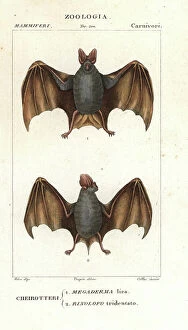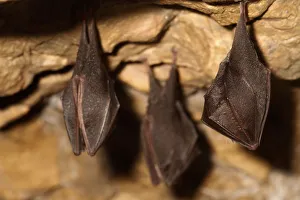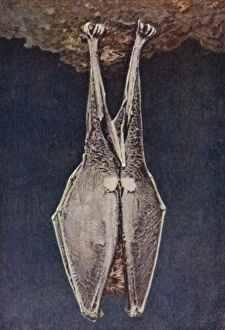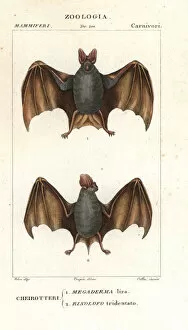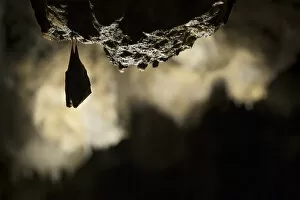Rhinolophus Collection
Rhinolophus, also known as horseshoe bats, are fascinating creatures found in various parts of the world
All Professionally Made to Order for Quick Shipping
Rhinolophus, also known as horseshoe bats, are fascinating creatures found in various parts of the world. In Shropshire, England, Lesser horseshoe bats (Rhinolophus hipposideros) can be spotted in magnesium mines during April. These small bats navigate through the darkness with their unique horseshoe-shaped noses. Meanwhile, in caves across different regions, Greater Horse-shoe Bats (Rhinolophus ferrum-equinum) and Large-eared Horseshoe Bats (Rhinolophus robertsi) find solace while they rest or sleep. Their presence adds an enchanting touch to these mysterious underground chambers. Venturing to Atherton, Queensland in Australia unveils the portrait of a magnificent Large-eared Horseshoe Bat. Its intricate features and impressive size make it a true marvel of nature. The Eastern Horseshoe Bat (Rhinolophus megaphyllus), on the other hand, takes flight from abandoned mines late in the evening. The intense ammonia atmosphere within these mines has bleached their fur into a striking orange hue. This adaptation is both intriguing and visually stunning. In addition to their distinct appearance, Rhinolophus shares its name with Egyptian bat heads and other species like Horsfields Leaf-nosed Bat and Wrinkle-lipped Bat. These diverse creatures showcase the incredible diversity within this genus. As night falls over grassland habitats or caves in Croatia during November, Greater horseshoe bats can be observed roosting peacefully. Their presence serves as a reminder of how these remarkable creatures have adapted to various environments around the globe. Lastly, colonies of Eastern horseshoe bats emerge from abandoned mines once again in Iron Range, Queensland at dusk. Their vibrant orange coloration stands out against the darkening sky due to exposure to ammonia fumes within these cavernous spaces.

